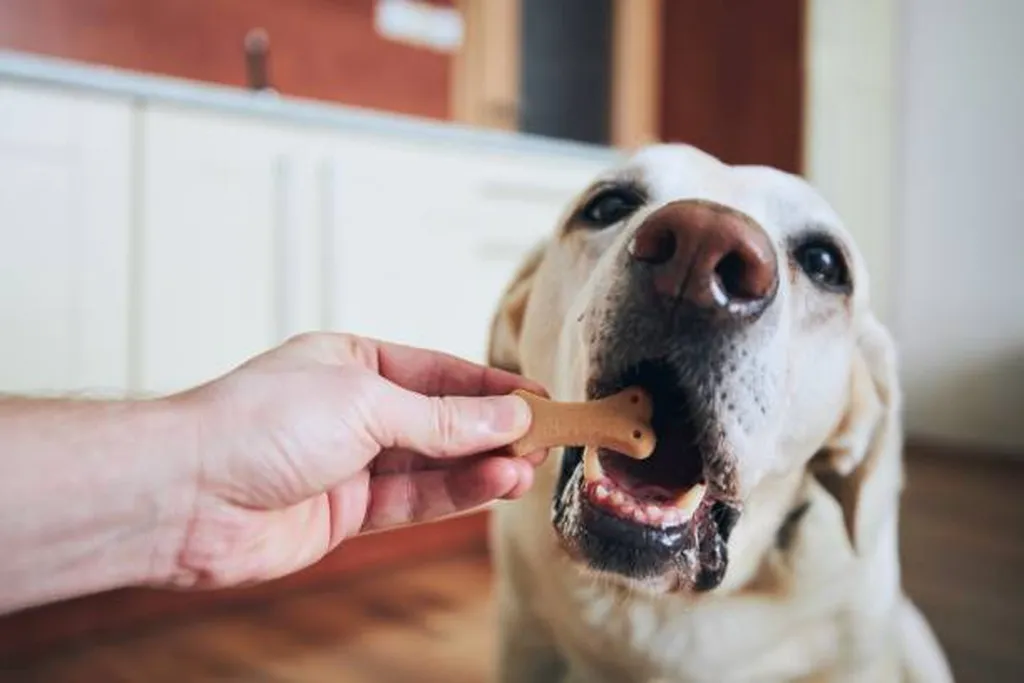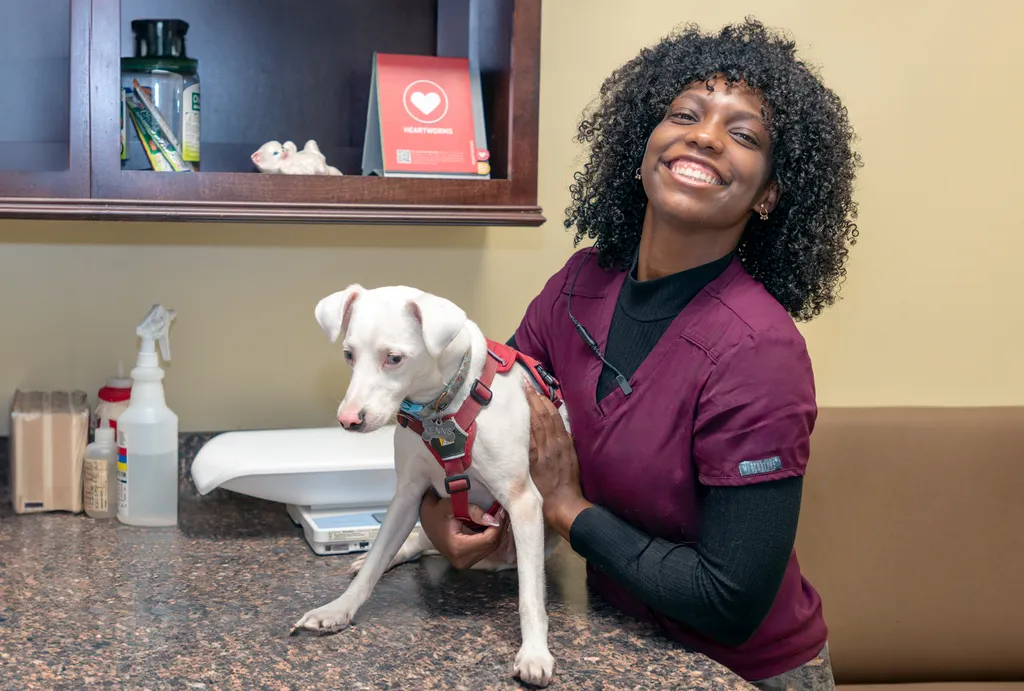Diabetes continues to be one of the most prevalent diseases affecting people, but did you know diabetes is also on the rise among cats and dogs? Diabetes impacts 1 in 200 cats and approximately 1 in every 200-500 dogs. While this disease is more common in senior pets, we’re also seeing many cases among younger animals.
If you’re wondering what causes diabetes in pets and what the symptoms are, you’re in luck because November is National Pet Diabetes Month. In observance, the team at Oak Forest Veterinary Hospital wants to help you learn more about this condition and its prevention.
Types of Diabetes in Pets
Diabetes mellitus is an endocrine disease that disrupts insulin production or absorption. Diabetes Type I occurs when the pancreas does not produce enough insulin; Type II occurs when insulin is produced in less quantity or isn’t being efficiently used by the body.
Type I is more prevalent among dogs, while Type II most often affects cats. In both cases, diabetes can become life-threatening without treatment, which entails insulin therapy, much like with human diabetes patients.
Symptoms of Diabetes in Cats and Dogs
Excessive thirst is often the first sign pet owners may notice in their pets. Other symptoms of diabetes in pets include:
- Increased urination (as a result of the increased water intake)
- Weight loss (even if there’s increased or normal appetite)
- Pungent, sweet-smelling breath
- Appetite loss
- Lethargy
- Dehydration
- Urinary tract infections
Diagnosis and Treatment
If you notice changes in your pet’s water and food intake, it’s important to have them seen by a veterinarian. A simple blood test can determine whether or not we can rule out diabetes. If your pet tests positive, they’ll need ongoing treatment to manage the disease in order to live a long, healthy life.
Treatment focuses on insulin therapy to regulate blood sugar. Your pet will also require lifestyle changes, such as weight loss, increased exercise, or a prescription diet, to improve health and the efficacy of treatments.
The outlook for cats is especially encouraging as the disease, with the correct treatment plan, can be reversed.
Prevention
Prevention is the best approach to any illness, and diabetes is no exception. Prevention includes keeping your pet at a healthy weight, feeding them a high quality diet in the right portions, and providing your pet with daily exercise.
While there are some breeds that have a genetic predisposition to diabetes (pugs, poodles, beagles, etc.), their risk is lessened with the prevention measures we mentioned above.
Would you like to learn more about pet diabetes? Please contact us.



